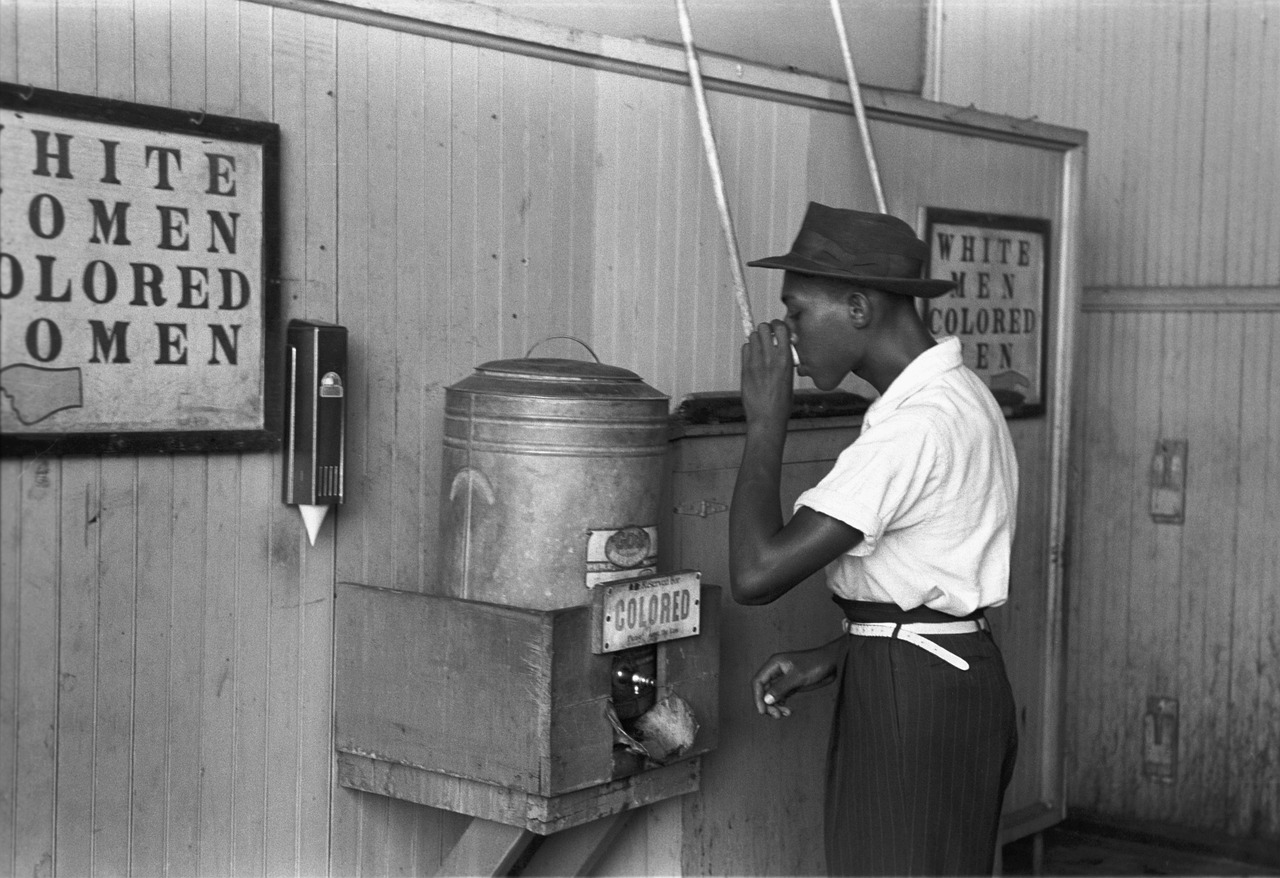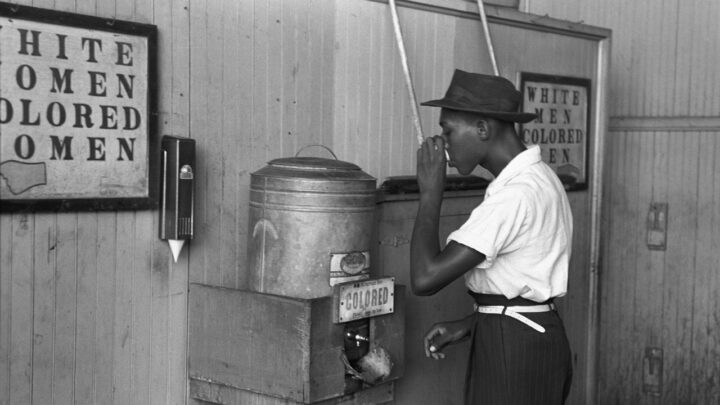
Comprehensive Look at Combating Ageism in Hiring to Boost Workplace Diversity and Inclusion Guide
Understanding Ageism in the Job Market
Ageism is a significant issue in today’s job market that primarily affects older, experienced workers. This form of discrimination can lead to challenges in hiring, retention, and career advancement for individuals over a certain age. According to a 2022 AARP report, approximately 78% of workers aged 50 and older have experienced age discrimination in some form. This statistic highlights the pervasive nature of age-related bias and its impact on the livelihoods of older employees.
Identifying Ageism Challenges
What are the specific challenges that older workers face due to ageism?
One major challenge is the perception that older individuals may not be as adaptable or tech-savvy as their younger counterparts. A 2023 study by the Pew Research Center found that 62% of employers believe older workers struggle with new technologies. This misconception can lead to fewer job opportunities and less willingness to invest in training for older employees.

The Impact on Diversity and Inclusion
How does ageism affect workplace diversity and inclusion?
Ageism not only limits opportunities for older workers but also hinders the overall diversity of thought within organizations. Companies with a diverse workforce are 35% more likely to outperform their competitors, according to McKinsey’s 2020 report. By excluding older employees, organizations miss out on a wealth of experience and perspectives that can drive innovation and growth.
Strategies to Combat Ageism
What can employers do to combat ageism in their workplaces?
Companies can implement training programs aimed at educating staff about age diversity and the benefits of hiring older workers. Research shows that inclusive workplaces see a 22% increase in employee satisfaction. Furthermore, organizations should actively recruit older candidates and showcase their achievements, thereby challenging stereotypes and promoting a culture of inclusivity.

Encouraging Intergenerational Collaboration
How can intergenerational collaboration benefit workplaces?
Encouraging collaboration between younger and older employees fosters knowledge sharing and mutual respect. A study by the Society for Human Resource Management found that organizations with mentorship programs that include cross-generational pairings see a 30% increase in employee engagement. This engagement can lead to improved morale and retention rates across all age groups.

The Role of Policy in Addressing Ageism
What role do policies play in addressing ageism in the workforce?
Governments and organizations can create policies that protect against age discrimination and promote equal opportunities regardless of age. The Age Discrimination in Employment Act (ADEA) in the United States serves as a legal framework against age-related discrimination. However, ongoing advocacy is necessary to strengthen these protections and ensure they are effectively enforced.

Conclusion on Ageism Awareness
In conclusion, addressing ageism requires a concerted effort from employers, policymakers, and society as a whole. By recognizing the value of older workers and implementing inclusive practices, organizations can harness the full potential of a diverse workforce. Together, we can combat ageism and create a more equitable job market for individuals of all ages.



